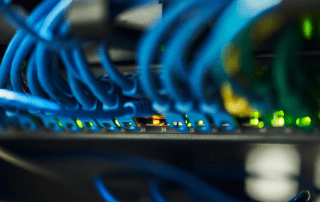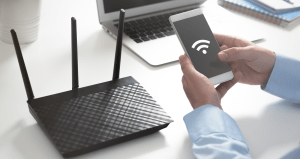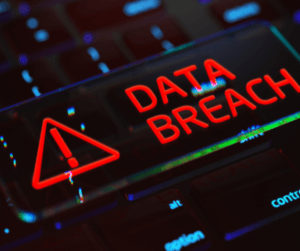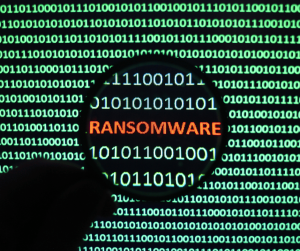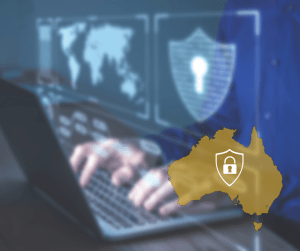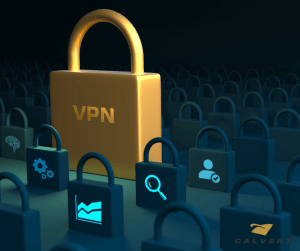Critical infrastructure plays a vital role in our society, providing the essential services that keep our communities functioning smoothly. From electricity to communications, data storage to financial services, critical infrastructure assets are the backbone of our economy and way of life.
However, the interconnected and interdependent nature of critical infrastructure assets also means that their failure or disruption can have far-reaching consequences on the health, safety, and security of the public, as well as the economic stability of the nation.
To ensure the protection of critical infrastructure assets against cyber threats, physical attacks, and other risks, the Security of Critical Infrastructure Act 2018 (the ‘SOCI Act’) places obligations on specific entities in various industries, including electricity, communications, data storage or processing, financial services and markets, water, healthcare and medical, higher education and research, food and grocery, transport, space technology, and defense industry.
The SOCI Act requires designated entities to identify, assess, and manage the risks associated with their critical infrastructure assets and to report any significant incidents or breaches to the Australian Signals Directorate. By complying with the Act’s provisions, entities can improve their resilience to threats and enhance their ability to respond effectively to incidents.
Compliance with the SOCI Act is crucial for businesses operating in these industries, as it helps to protect the safety and well-being of the public, maintain the continuity of critical services, and safeguard the national interest.
It is important for businesses to prioritize the protection of their critical infrastructure assets and take proactive steps to comply with the SOCI Act’s provisions. By doing so, businesses can enhance their ability to mitigate risks and respond effectively to potential incidents.
What are the proactive steps that a business can take to manage risks to their critical infrastructure assets?
- Identify critical infrastructure assets – These could include physical assets such as buildings, servers and equipment, as well as digital assets such as databases, networks and software.
- Conduct a risk assessment – A risk assessment will help to determine potential threats and vulnerabilities. This should include evaluating the likelihood and impact of risks, an prioritizing them based on the level of risk.
- Develop a risk management plan – Based on the results of the assessment, a risk management plan should be developed. This plan will include specific strategies for managing identified risks.
- Implement security controls – To mitigate risks, organisations should implement security controls such as access controls, intrusion detection systems firewalls and encryption technologies. These controls should be tailored to the organisation.
- Train employees – Security controls are only as effective as the staff using and monitoring them, so all employees need to be trained on best practices and procedures, including how to identify and respond to security threats.
- Test and evaluate – A risk management plan should be regularly tested and evaluated to ensure it’s continued effectiveness.
To learn more about the legislative requirements and best practices related to critical infrastructure protection, visit the Critical Infrastructure Centre’s website: https://www.cisc.gov.au/legislative-information-and-reforms/critical-infrastructure.
If you would like assistance with evaluating the risks to your business from a technology and cyber security perspective, the Calvert team is here to help.

